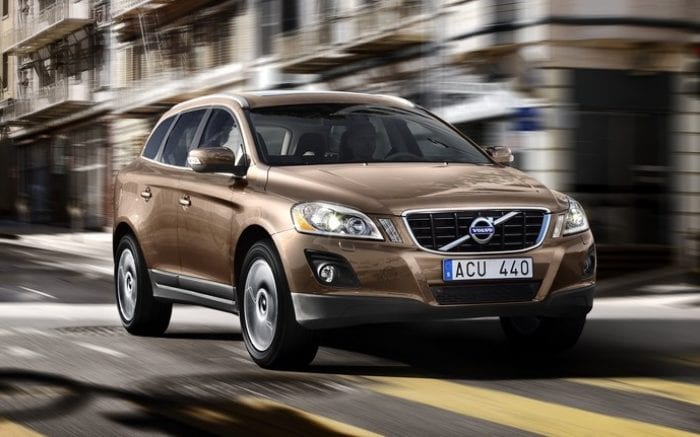
Volvo is taking the bold step because its researchers have identified speed as a prominent gap it needs to close to reach its safety target.
“We need to talk about this problem,” Volvo CEO Hakan Samuelsson told, referring to the areas that remain to be solved to end serious injuries and fatalities in its vehicles. Although speed limits exist in most countries he said that people are still exceeding those limits by a wide margin. Volvo believes that controlling the speed in its models is worth it even if it can save just one life.
Excluding specially tuned cars such as the Polestar Engineered variant of the S60 sedan, no Volvo vehicles currently offer a top speed that exceeds 250 kph.
Samuelsson said that he expects pushback from the move, but Volvo received similar criticism that it was taking away a driver’s freedom when it added seat belts to its cars 60 years ago.
Traffic accident data from NHTSA shows that 25 percent of all traffic fatalities in the U.S. in 2017 were caused by speeding. Volvo safety experts say that many people do not recognize the danger of speeding or realize that once the car reaches certain speeds its in-car safety technology will not prevent severe injuries and fatalities in the event of a crash.
“As humans, we all understand the dangers with snakes, spiders and heights. With speeds, not so much,” Volvo senior safety specialist Jan Ivarsson said in a release. “People often drive too fast in a given traffic situation and have poor speed adaption in relation to that traffic situation and their own capabilities as a driver. We need to support better behavior and help people realize and understand that speeding is dangerous.”
It will not be possible to turn off the limited speed, a company spokeswomen said.
Taking things a step further, Volvo is also investigating how a combination of speed control and geofencing technology could automatically limit speeds around schools and hospitals in future. The aim is to reduce speeding while also addressing the two other safety gaps after speeding – intoxication and driver distraction.